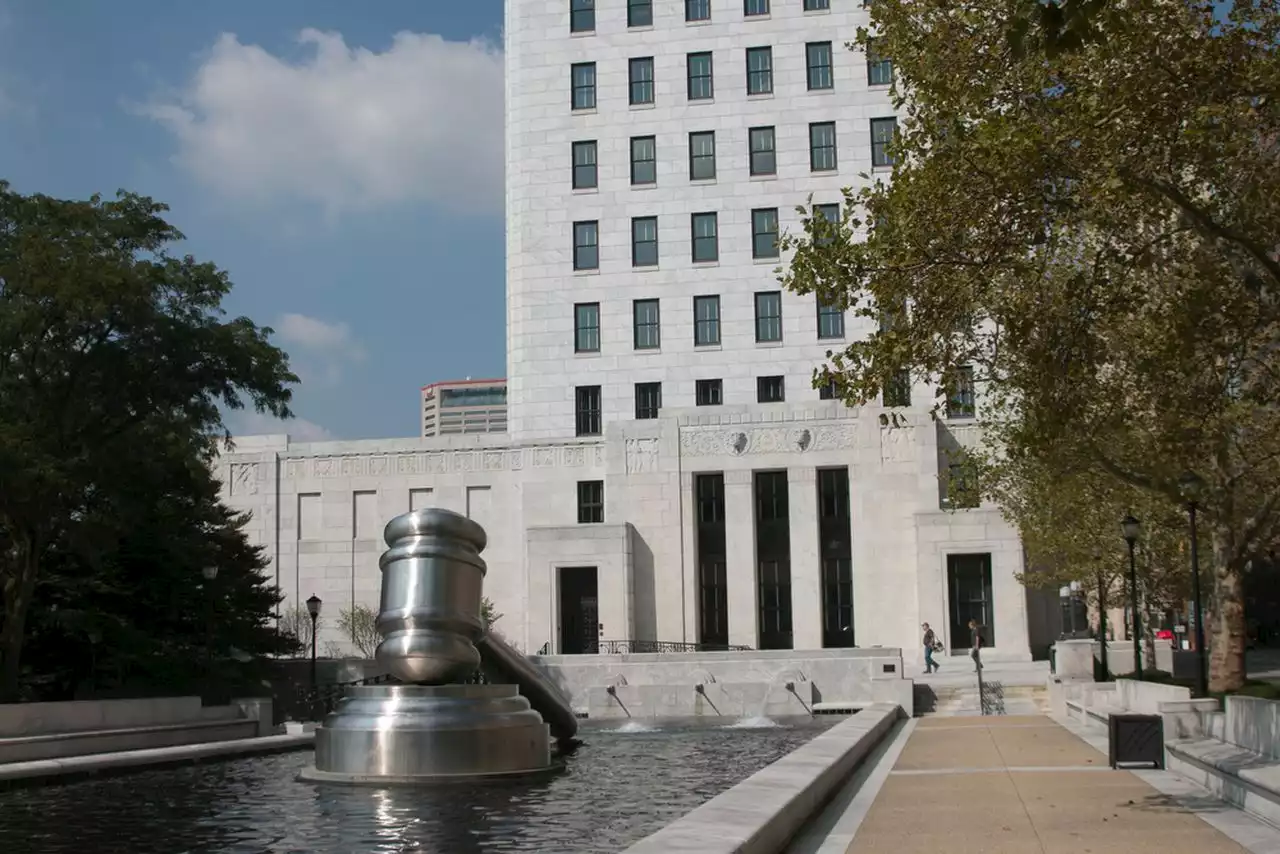With more severe natural disasters, municipalities in vulnerable areas could see their economy disrupted—along with a deteriorating credit outlook.
Three months ago, the redevelopment agency of Paradise, California—the town nearly wiped out by wildfires in 2018—missed payments for its municipal bonds issued in 2009. The funds were raised to develop the city’s commercial neighborhood and backed by incremental tax revenue from the areas. As economic losses from the fire drained the agency’s cash reserves and no new revenue came in, a default had been expected.
When Hurricane Ian hit Florida last year, S&P Global estimated that the storm could shave 1.5 to 2 percentage points off Florida’s real GDP growth in the third quarter of 2022. “With all the people sitting in traffic for hours because of flooding, it’s an enormous economic cost,” says Jesse Keenan, associate professor of real estate and urban planning at Tulane University.
But that support won’t always be there. “There are a lot of get-out-of-jail-free cards for municipalities when it comes to climate risks,” says Andrew Poreda, senior research analyst at Sage Advisory. “The fear is, when those backstops don’t exist and municipalities are on the hook, that’s when we start having problems.”
These projects, despite the long-term benefits, could add significant financial burden to the municipal budget. While cities and states could always increase taxes to raise revenue, such moves could drive more people away, making the tax base even smaller, says Sage’s Poreda. Nora Wittstruck, ESG sector leader at S&P Global, says the ratings firm not only evaluates the potential damages of climate risks, but also what the issuers are doing to manage the risk and whether they have enough liquidity to address the costs stemming from severe events: “We anticipate that management teams won’t only use debt issuance to fund their capital plan.”
A few reasons could contribute to the disconnect. Credit rating and outlook is usually indicative of an issuer’s financial health in the next one or two years, even though the bonds’ maturities are typically 20 to 30 years. As a result, long-term climate risks aren’t weighted as much as immediate cash flow challenges, says HIP’s Herman.
South Africa Latest News, South Africa Headlines
Similar News:You can also read news stories similar to this one that we have collected from other news sources.
 Five top crypto stories this past week: New FTX lawsuit, Mt. Gox deadline, investment funds and moreThis week in crypto: Why VC investment in crypto is far from dead, why Web3 in Asia is growing, why ByBit is leaving the UK, and more.
Five top crypto stories this past week: New FTX lawsuit, Mt. Gox deadline, investment funds and moreThis week in crypto: Why VC investment in crypto is far from dead, why Web3 in Asia is growing, why ByBit is leaving the UK, and more.
Read more »
 Fed Leads Investors Into Bonds Amid Stock Market Uncertainty, Higher YieldsBonds Analysis by Investing.com (Francesco Casarella) covering: United States 10-Year, iShares 20+ Year Treasury Bond ETF, 10-2 Year Treasury Yield Spread, United States 10-Year TIPS. Read Investing.com (Francesco Casarella)'s latest article on Investing.com
Fed Leads Investors Into Bonds Amid Stock Market Uncertainty, Higher YieldsBonds Analysis by Investing.com (Francesco Casarella) covering: United States 10-Year, iShares 20+ Year Treasury Bond ETF, 10-2 Year Treasury Yield Spread, United States 10-Year TIPS. Read Investing.com (Francesco Casarella)'s latest article on Investing.com
Read more »
 Ohio Supreme Court denies challenge to clerk, judge candidacies for Cleveland Municipal CourtThe Ohio Supreme Court denied a request to remove several clerk and judicial candidates for Cleveland Municipal Court from the Nov. 7 ballot.
Ohio Supreme Court denies challenge to clerk, judge candidacies for Cleveland Municipal CourtThe Ohio Supreme Court denied a request to remove several clerk and judicial candidates for Cleveland Municipal Court from the Nov. 7 ballot.
Read more »
 Pilot killed in plane crash near Arlington Municipal AirportAt least one person was killed in a small plane crash Friday near the Arlington Municipal Airport, according to authorities.
Pilot killed in plane crash near Arlington Municipal AirportAt least one person was killed in a small plane crash Friday near the Arlington Municipal Airport, according to authorities.
Read more »
 The Return of the Marriage PlotWhy everyone is suddenly so eager for men and women to get hitched.
The Return of the Marriage PlotWhy everyone is suddenly so eager for men and women to get hitched.
Read more »
